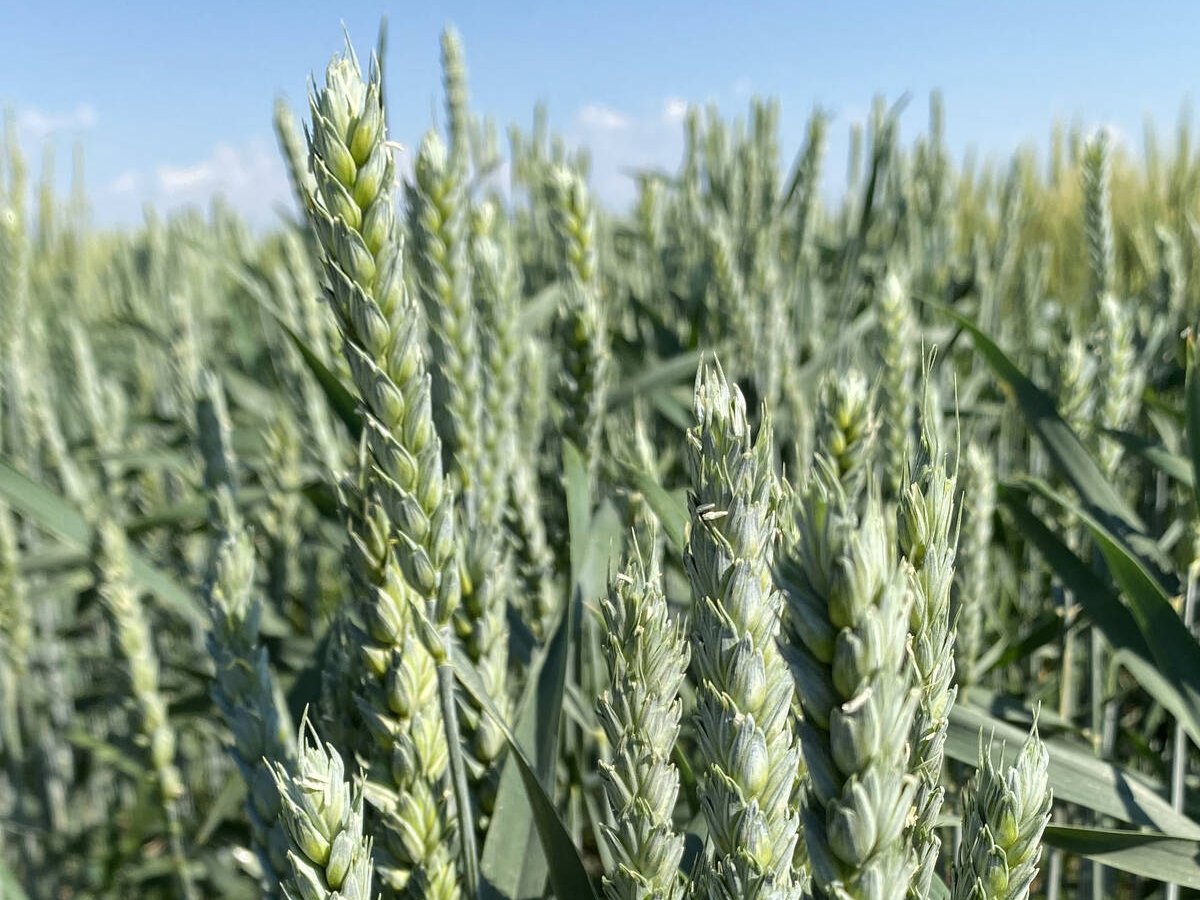Seeding plans affect markets
Grain markets are reacting to analysts’ expectations of what farmers will seed this spring.
The first official survey of United States seeded acreage will be delivered by the U.S. Department of Agriculture March 31. Statistics Canada releases its first survey of seeding intentions April 27.
But corn and soybean markets staggered last Friday when the respected agricultural markets consultants Sparks Companies Inc. of Memphis, Tenn., released its forecast, showing increased corn and soybean acres.
Like Canadian farmers, American producers see reduced wheat prices and are searching for alternatives. Sparks also forecast fewer cotton acres.
Read Also

Discovery promises big wheat yield gain
University of Maryland researchers have discovered a gene that produces three grains per wheat floret instead of the usual one.
The news wiped out gains made by corn and soybeans earlier in the week when a winter storm struck the U.S. Plains and Midwest, raising fears of delayed seeding.
Sparks estimated corn area at 82.5 million acres, one million acres more than the USDA’s working estimate. If the Sparks estimate proves true, that will be the largest area seeded to corn since 1985.
Soybean area was pegged at 72.77 million acres. USDA’s estimate is 71.5 million acres, which would be a record.
Sparks’ spring wheat estimate was 17.24 million acres, down from 19.14 million seeded last year. Wheat prices didn’t move much on the news because they had already risen on traders’ beliefs that the cold accompanying the storm would hurt the winter wheat crop.
With record-sized U.S. and South American soybean harvests last year, you wouldn’t expect concerns about world oilseed supplies.
But the influential magazine Oilworld says demand for the four major oilseeds outstripped production and year-end supplies will be down.
In a report on rapeseed, soy, palm and sunflower oils, it pegged 1997-98 production of the four at 60.9 million tonnes versus 58.9 million in 1996-97.
Consumption was estimated at 62.1 million, compared with 59.3 million in 1996-97. The stocks-to-usage ratio may fall to 10.5 percent at the end of 1997-98 against 12.3 percent a year ago.
This ratio would be the lowest in decades.
Finally, we reported last week that Saudi Arabia wanted to buy a million tonnes of barley.
The sale was made, most of it coming from Eastern Europe. The average price was confirmed at $100 (U.S.) per tonne.
Backed off to the Canadian Prairies, that would mean a farmgate price of about $50 (Cdn) in Alberta and less in Saskatchewan and Manitoba.














